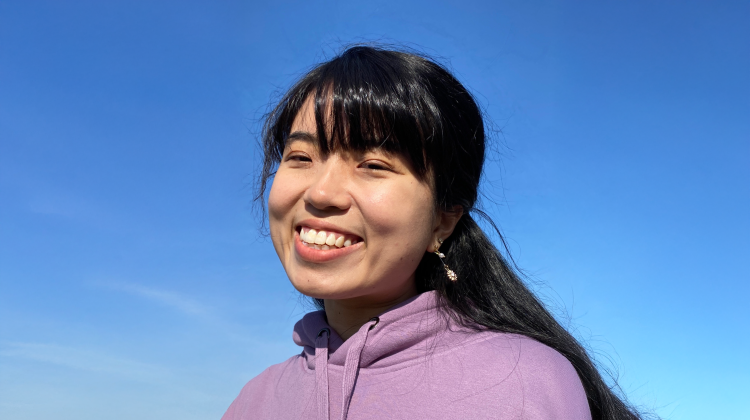Aya Suzuki

My architecture-focused classes also taught me how to present ideas and critique each other’s designs—skills that are directly applicable to the UI/UX work I do for our app.
What is your career story? How did you get where you are today?
I’m the co-founder and head of design/experience at Aavia. My journey started when I participated in the MEMSI (MIT Entrepreneurship and Maker Skills Integrator) program at MIT, where I went to Hong Kong and learned about hardware manufacturing and entrepreneurship. After graduating, I dove straight into working on my company, Aavia, which tracks how you feel during your menstrual cycle, provides predictions, and collaborates with doctors.
At Aavia, I’m responsible for designing the UI/UX of our app, conducting user research and testing, and managing the customer service side of things. I debated whether or not to go to grad school—I was a Course 2 major and minored in Course 4. I applied to some grad programs and got in, but ultimately decided to focus on my company instead.
What skills do you use on a day-to-day basis?
Every week, I have a couple of calls with users to get feedback—new users for first impressions, longtime users for new ideas, and people who cancel to learn why they did. I work on the UI/UX of the app, including wireframing, using Figma, and selecting icons and colors. Sometimes, I even share the flow with users to get their input. Additionally, I analyze product analytics to understand why certain pages aren’t getting clicks and whether we should move or redesign them.
What were the biggest skills/mindsets/approaches you took away from your design education?
I took a lot of classes around creating 3D objects, which I absolutely loved. For example, I designed a birth control pill case for Aavia. My architecture-focused classes also taught me how to present ideas and critique each other’s designs—skills that are directly applicable to the UI/UX work I do for our app.
What do you wish you had learned in your design education?
I feel like the things I learned in Course 2 were more practical. For instance, in 2.00B, I learned about user testing, how to talk to users, and how to understand their needs—skills that have been incredibly helpful in my current job. On the other hand, Course 4 classes were more abstract; they stretched my creativity, but I wish I had been taught more about how to use design to help consumers.
What’s something you hated learning about that you now love?
Honestly, there isn’t anything I hated learning about. I genuinely enjoyed my Course 4 classes—they were an escape from the other classes I was taking.
Knowing what you know now, would you do undergrad differently?
If Course 4B had been an option, I would have loved to do that. Working in the tech industry, I see that computer science is the most helpful skill to have. If I could do it over, I might have done less Course 2 and more Course 4 and 6 classes to learn the skills that a lot of tech jobs ask for. Still, I don’t regret studying Course 2.
What advice do you have for students starting out in design?
MIT is a tech-heavy school, so there isn’t as much appreciation for or focus on design. But having gone into the industry and talked to designers, I’ve found there’s a rich design community out there. There’s a lot of guidance available to improve design skills, so don’t shy away from it just because MIT is so tech-driven.


